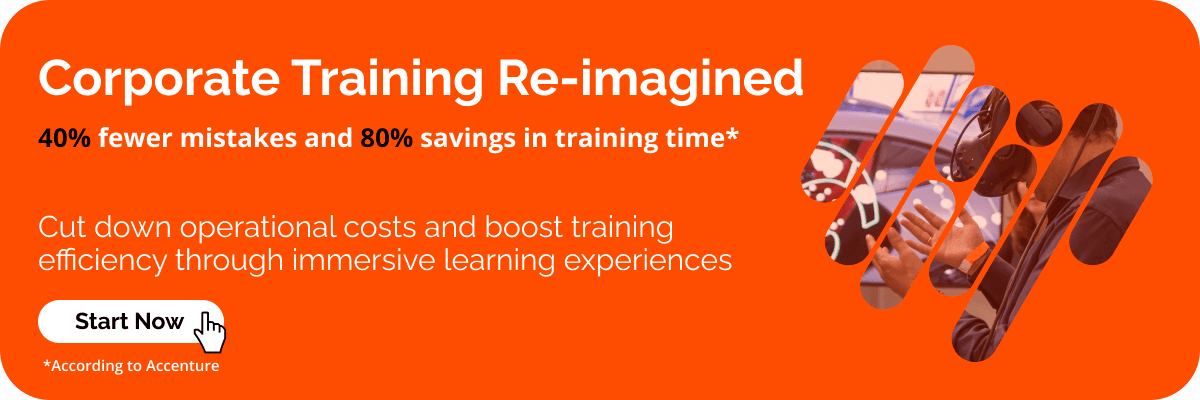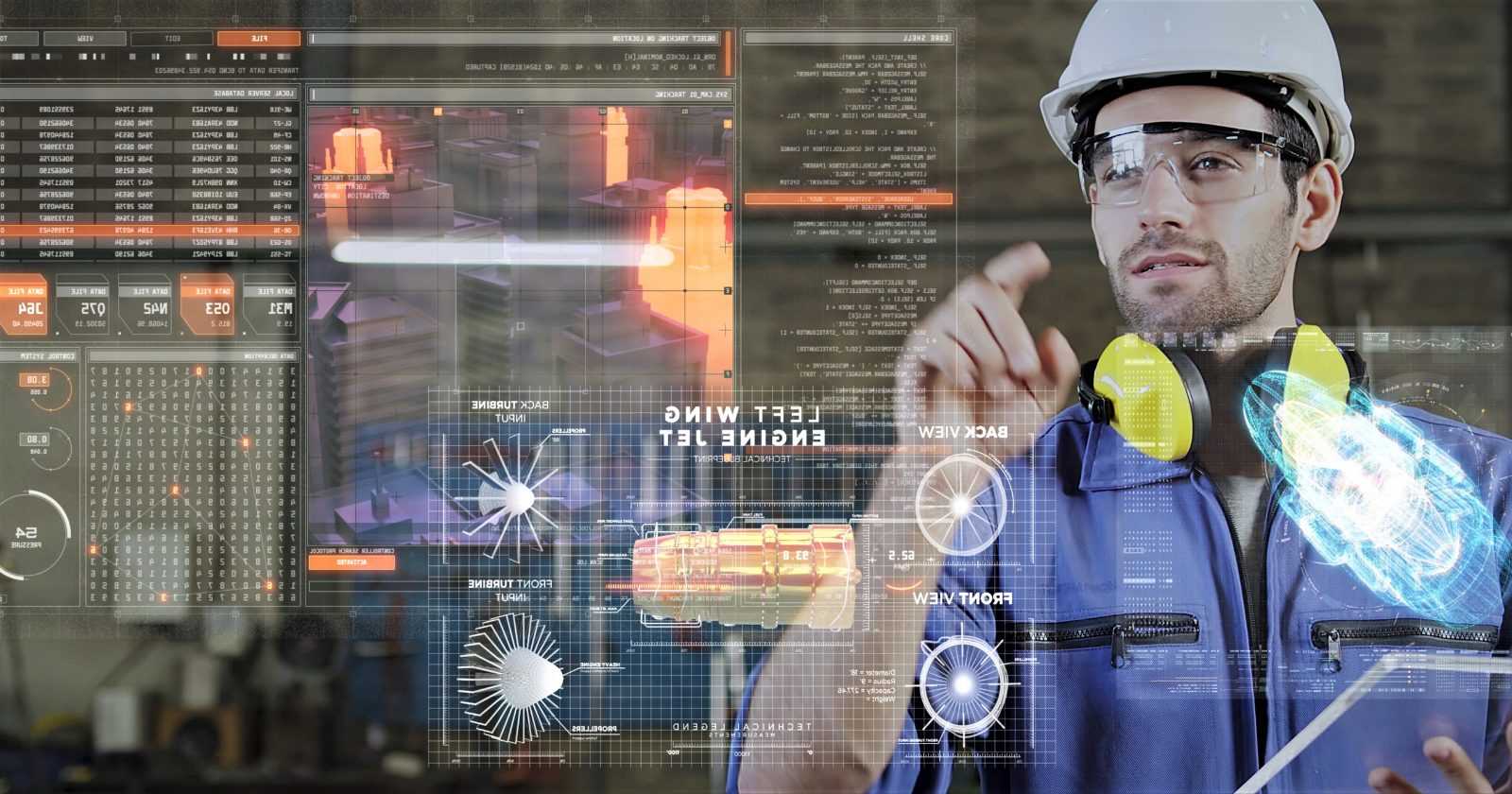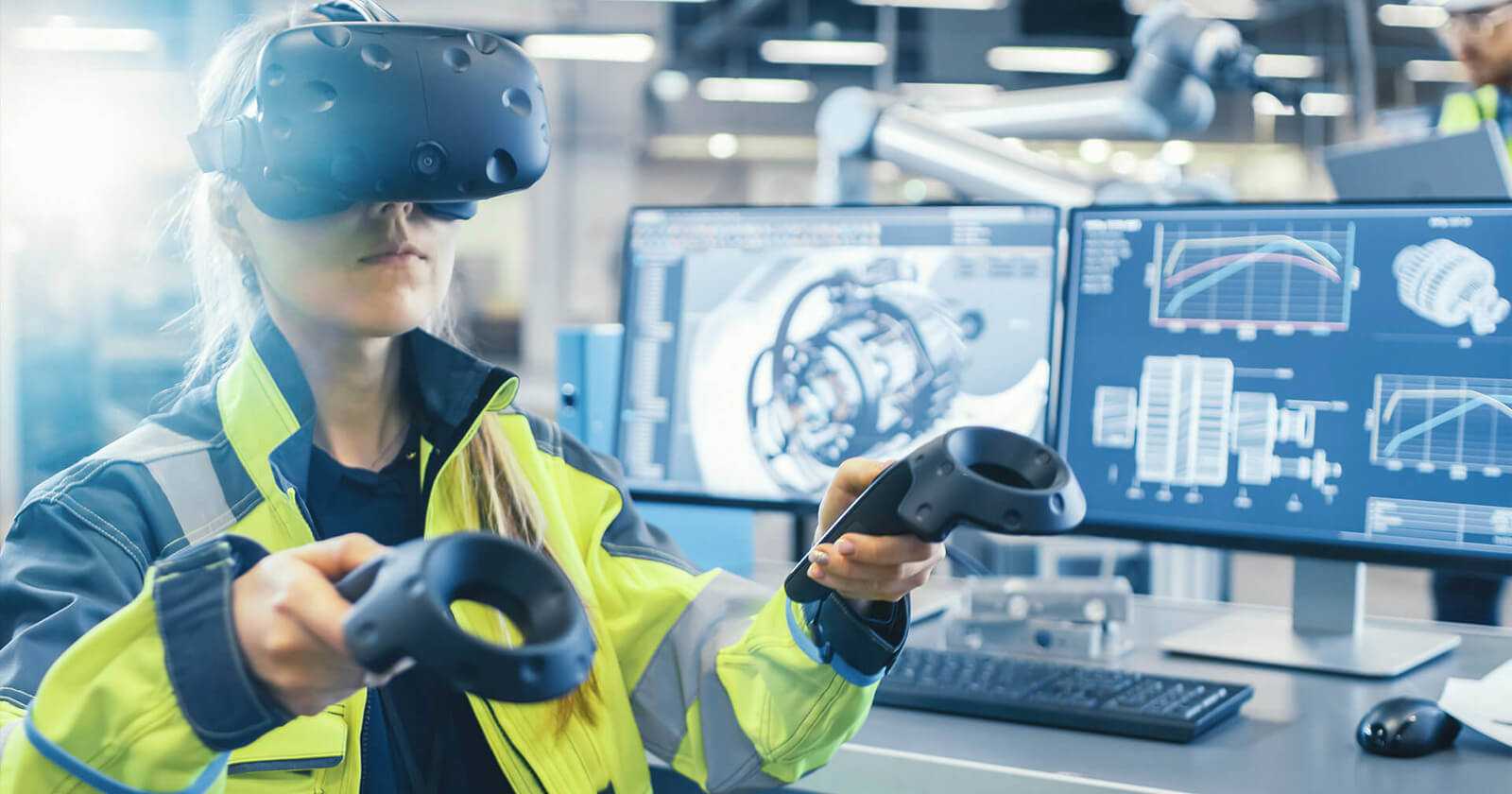Your employees often neglect their training because they see it as something unconnected to their work duties in addition to boring formalities. If it’s a common situation for your organization, you might consider trying VR as a new option of how to fully engage your workers in the training process.

When you analyze the conceivable outcomes that VR can convey to employee training, it’s easy to see why so many are eager to adopt it. With VR you can easily present them with potential scenarios, work difficulties, and unfamiliar technology before confronting them in reality.
Read more: How to Improve Learning Speed and Quality Using a New Strategy
Learn how to enhance learning path with innovate technologies
But be cautious. If you’re really interested in your virtual reality employee training to be effective, better primarily prepare a list of work areas that are hard to master with a traditional learning approach. After choosing training programs that could benefit from VR, ensure your goals are concrete and very clear, whether they are related to proficiency, productivity, safety, or revenue.

Keep them in mind and here’s what you should do after gaining your virtual training.
Tip #1. Space for VR Training
- Select a space and determine the logistics of how your employees will access and use VR devices.
There are two possible scenarios depending on whether you use a PC-based system (HTC Vive/Oculus Rift) or wireless standalone HMD (HTC Vive Focus/Oculus Go). In the first case, you will need to set up an area dedicated to training and schedule someone to facilitate the sessions. In the second scenario, learners can stay in their workspaces and practice the training game by themselves.
Tip #2. VR Training Schedule
- Set up a schedule for training in VR.
That’s not as difficult as it sounds and it shouldn’t be necessarily very strict. You can launch the training in a “bite-sized” microlearning format, and hearten up colleagues to visit those, instead of Facebook, whenever they have some downtime. If you work in any seasonal industry, you can make use of periods when business is low to give your subordinates some break—on the condition that they spend a good part of that time studying in VR.

Tip #3. Emotions
- Prevent sensory overload during scenario-based training.
For many employees, training is the first time they’ll engage with virtual reality at that level. Simulated experience can induce emotional reactions and sensory over-burden, so it’s best for workers to figure out how to utilize innovation before making a plunge. When you embrace more than one sense, you risk sensory overload, so you must prepare workers and provide them with the correct instruction.
Read more: 10 Common Misconceptions about VR Training
Our counterarguments to the most common myths about virtual training
Tip #4. Competition
- Encourage employees’ competitive spirit.
By utilizing your gamification abilities, you can have your representatives guided into an office-wide challenge for learning credits and achievement badges. Plan a space where representatives can keep tabs on their development by giving their considerations or responses. Additionally, add an area for feedback so you can continually improve the training. Yes, immersive gamification techniques can be surprisingly motivational and will always generate more positive outcomes.
Tip #5. Rewards
- Recognize and reward your employees’ training efforts.
How about some extra office advantages or promotion opportunities tied to your employees’ learning progress? Tests and quizzes will help you identify your learners’ skills at the end of the training session. The key is to motivate your workers to see adapting new abilities as something that is valued and compensated in your organization—instead of a reason for their chiefs to request that they accomplish more stuff.
Tip #6. Learning Culture
- And the most important thing: always strive to build a positive learning culture at your company.
If making well-prepared training a necessary part of your regular business workflows, your employees will likely have more inspiration to share their progress and help one another. New immersive and innovative technologies, such as VR, can only strengthen this culture but only if leveraging it properly.
Once you did it, XR technologies will enable employees to deal with real-world situations and retain more information, while rehearsing their skills authentically without pressure. After employees complete their training, they’ll move with confidence into the field prepared to exceed expectations at work.
Conclusion
We hope this short guide was useful and inspiring for your future VR training practices. Therefore, it should be mentioned that VR training may extremely enhance the efficiency of each employee’s productivity and release risks while doing some operations wrong or for the first time. Many industries may benefit from VR training.
For example, firefighters may train with VR how to handle accidents with fire, manufacturers may practice some risky operations that in certain cases may cost a life, or medicine workers can try to perform so serious surgery.
It all requires certain preparations including those that help the staff to use VR devices efficiently.
Let us emphasize that such training is not only useful but really engaging so it influences staff motivation as well. And every company may enrich its corporate training initiatives with virtual reality training.




